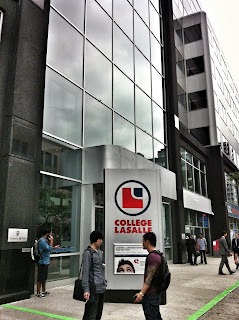 |
| Alfred Stieglitz (born 1864 in Hoboken, NJ) (died 1946 in New York, New York) |
Alfred Stieglitz was a highly influential figure in the arts at the dawning of the twentieth century, and a vastly significant spokesperson for modern culture. He was a principal advocate of Modernism and arguably had more of an impact on photography than any other artist of his time. His work represents his vision for the future of photography as an art form at the turn of the twentieth century. Through photography, he saw a new vision for a modern world. He made it his life's ambition to teach people how to see. He pushed the technical limitations of photography, often using weather to his advantage in order to create a certain mood or atmosphere. For instance, he spent three hours standing in a blizzard in order to achieve the desired soft-lens effect of one of his most famous photographs, Winter - Fifth Avenue.
Stieglitz was born in Hoboken, New Jersey, in 1864, but his family moved back to Germany in 1881, where he attended school and subsequently first picked up a camera. He returned to the United States in 1890, committed to proving that photography was a medium as relevant as painting or sculpture as a means of artistic expression. He founded Photo-Secession, a prominent group of American photographers who fought to have photography acknowledged as an art form and led the Pictorialist Movement, which promoted the artistic legitimacy of photography in the United States.
Alfred Stieglitz is an inspiration, not only because of his talent and his impressive body of work, but because of his dedication to and advocacy for the medium of photography. His intense passion serves as motivation for me to push the boundaries. I am grateful -- as all photographers should be -- for Alfred Stieglitz.
 |
| Mending Nets. 1894. © Alfred Stieglitz Archive |
"There are many schools of painting. Why should there not be many schools of photographic art? There is hardly a right and a wrong in these matters, but there is truth, and that should form the basis of all works of art."
 |
| Spring. 1905. © Alfred Stieglitz Archive |
"In photography there is a reality so subtle that it becomes more real than reality."
 |
| Snapshot. Paris. 1911. © Alfred Stieglitz Archive |
“The camera was waiting for me by predestination and I took to it as a musician takes to the piano or a painter to the canvas. I went to photography really a free soul – and loved it at first sight with a great passion.”
Resources





.jpg)

..jpg)

..jpg)




+-+1981.jpg)













